Is your brain broken?
Why your mind stops you from doing what you REALLY wanna do.
by Jocelyn Brady
So you have this grand plan to finally do some Important Thing.
… I’m going to finally write that book!
… I’m going to finally start that business!
… I’m going to finally learn how to play guitar!
… I’m going to finally say suck it to my shitty boss!
… I’m going to finally get my life together and do what I really love!
And then basically it’s like this:
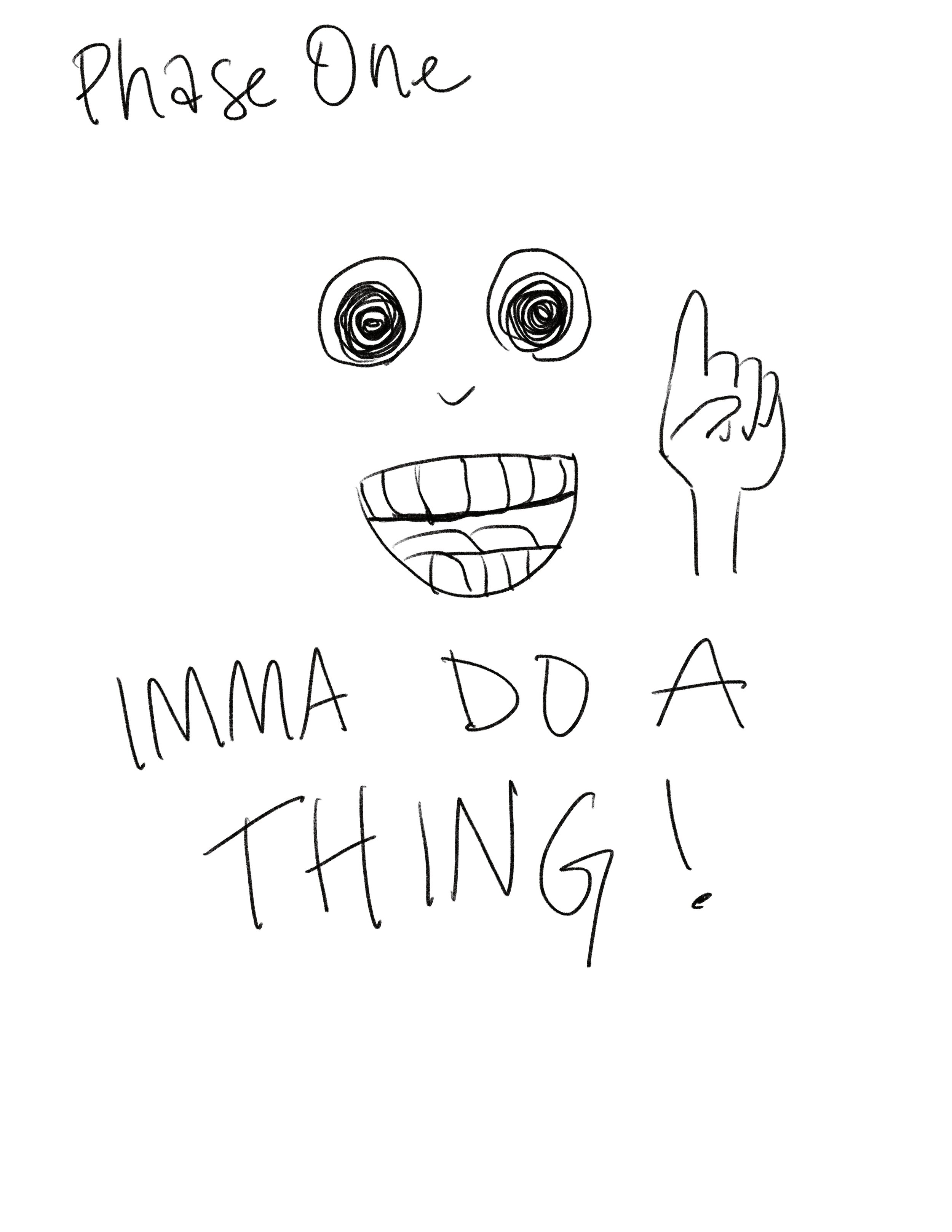
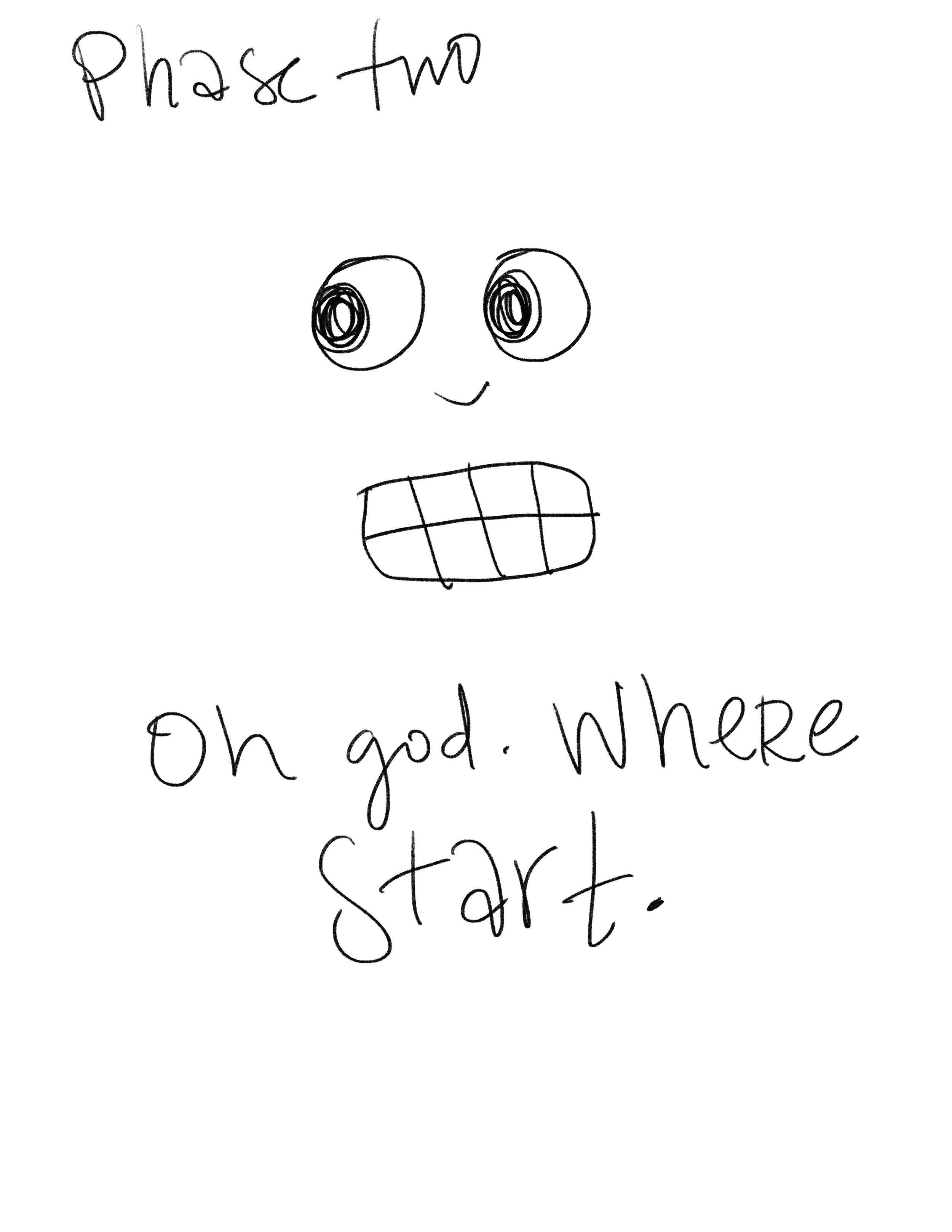
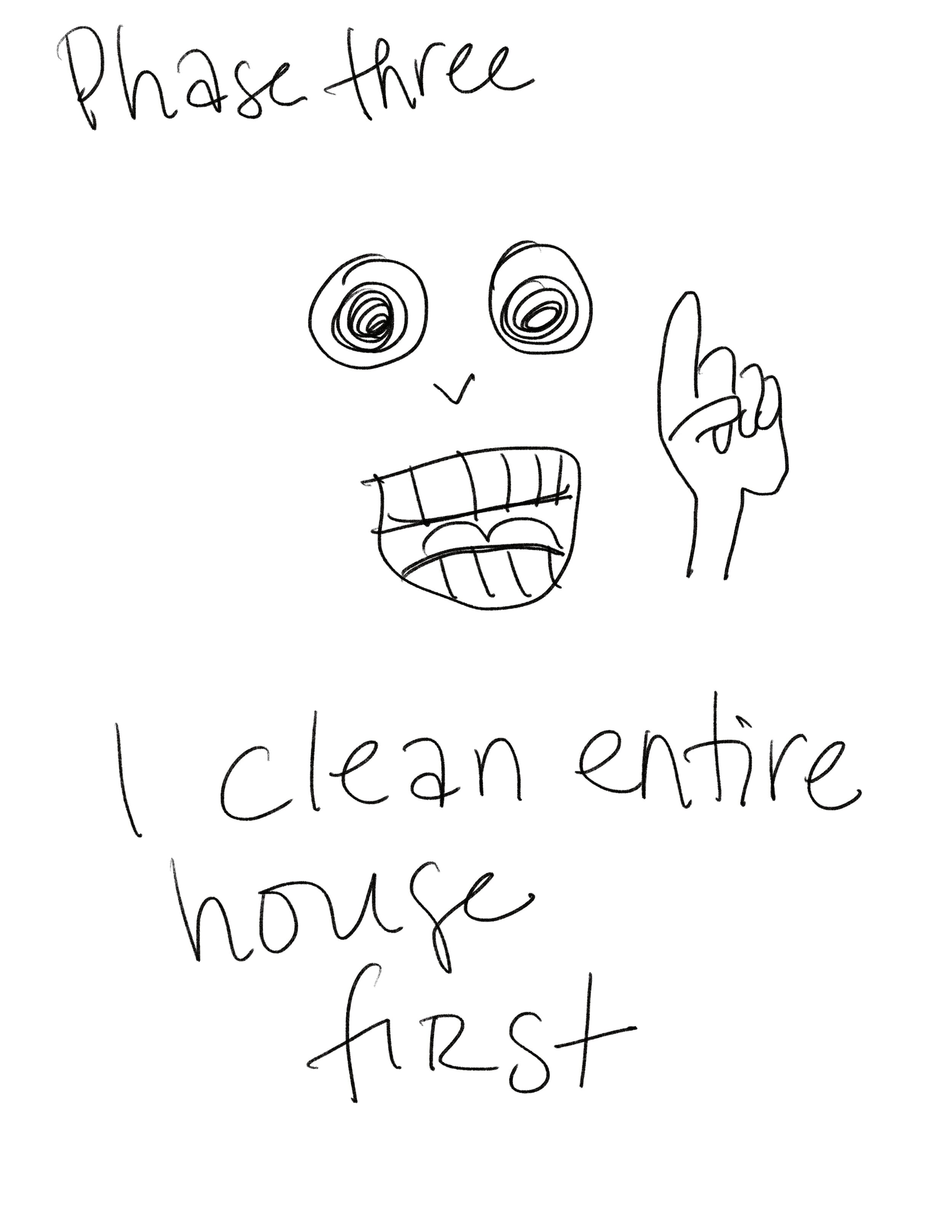

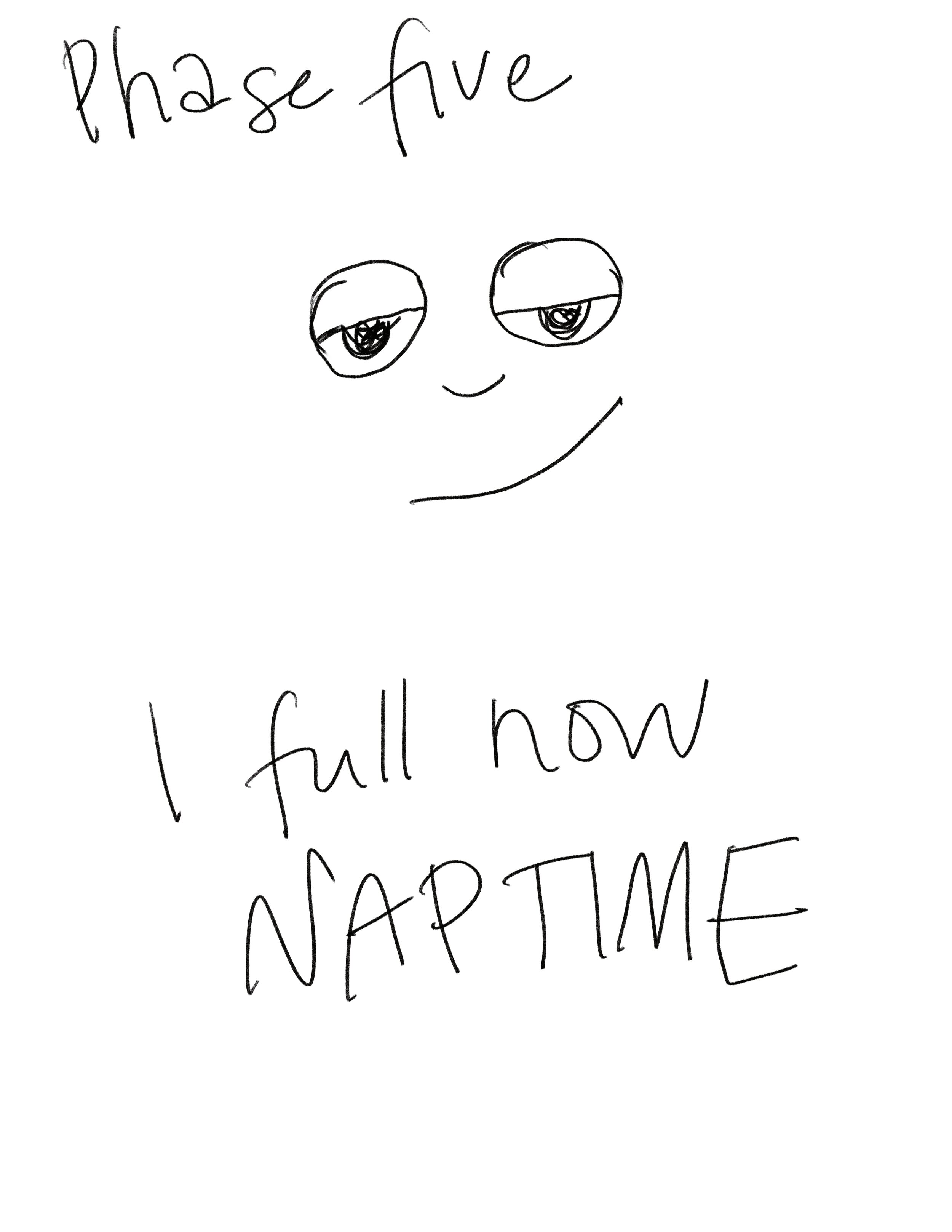
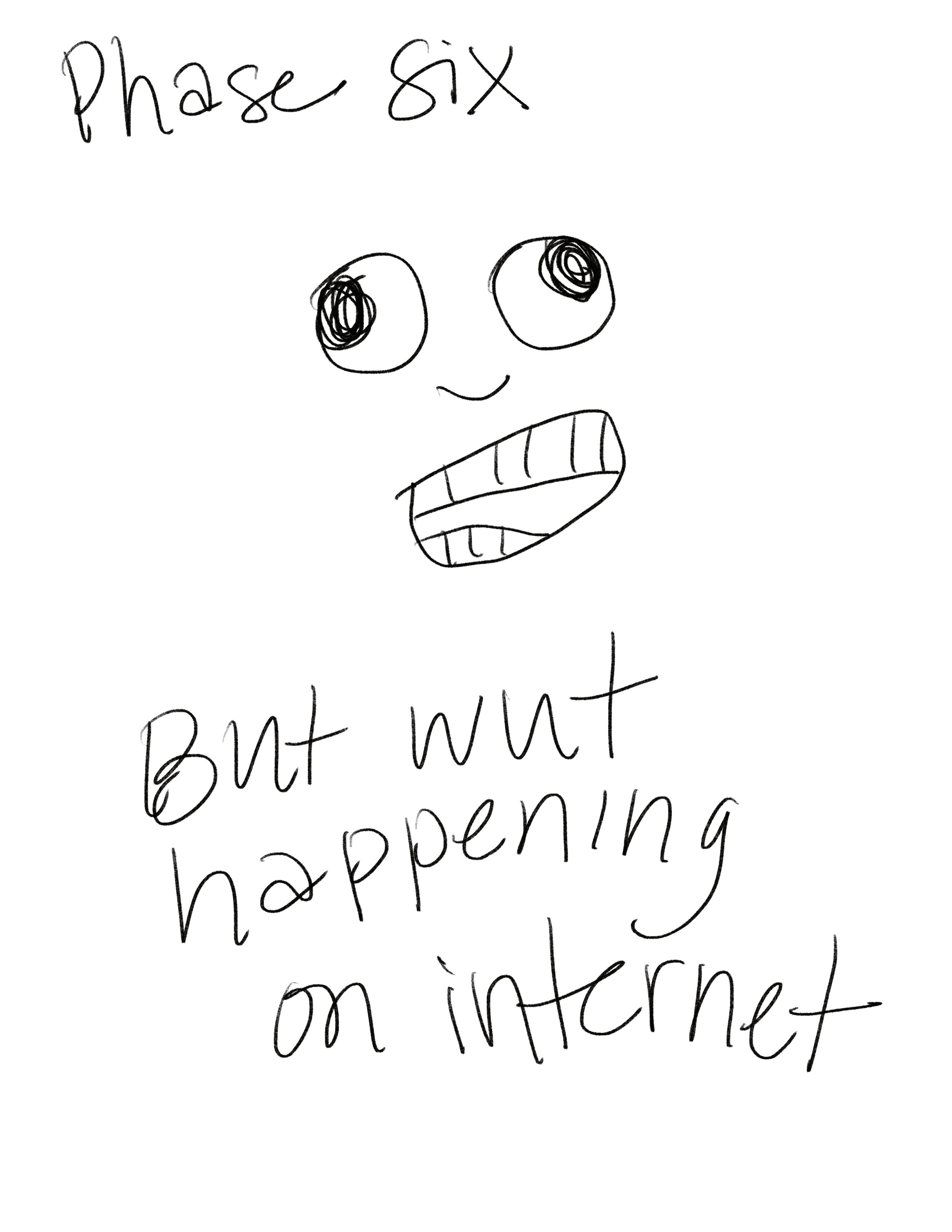
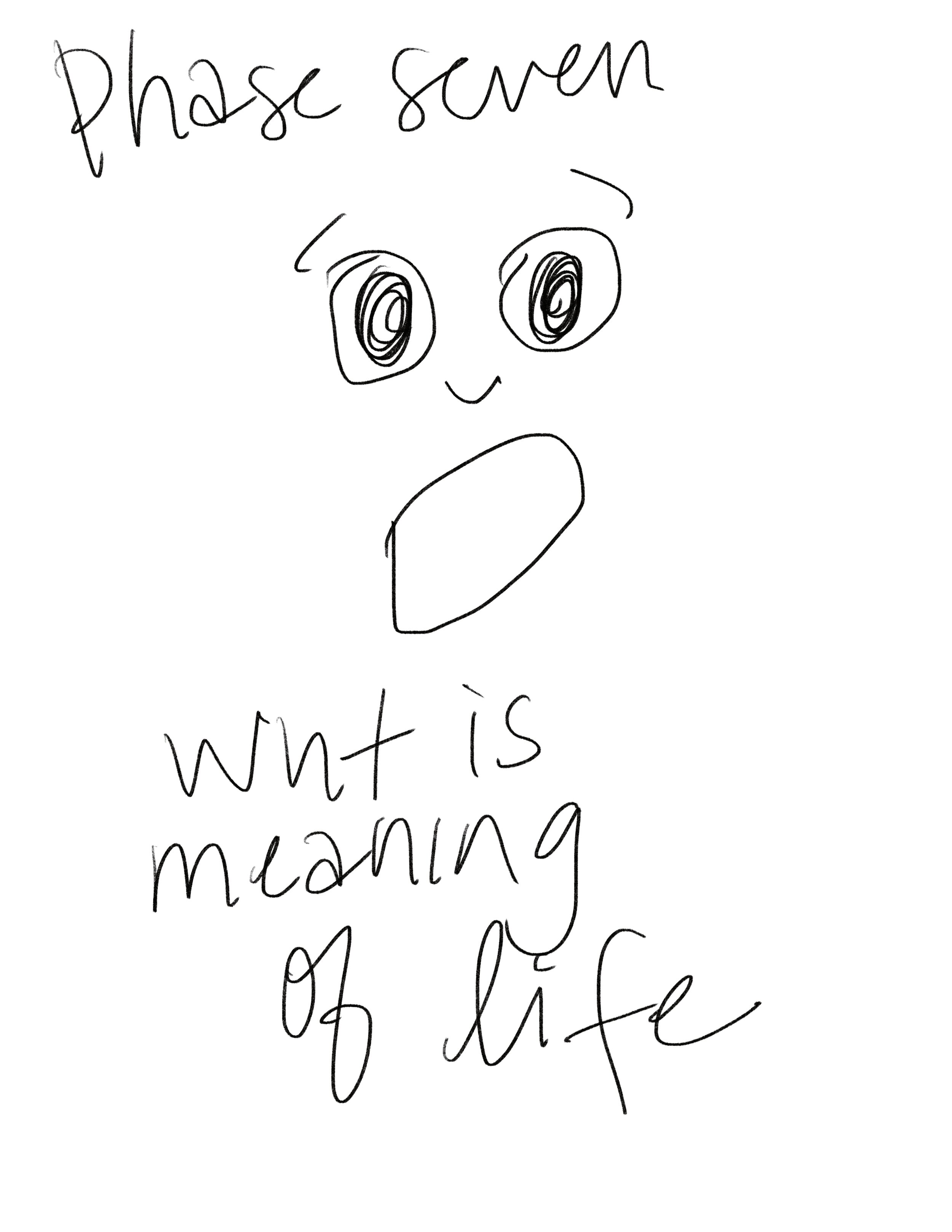

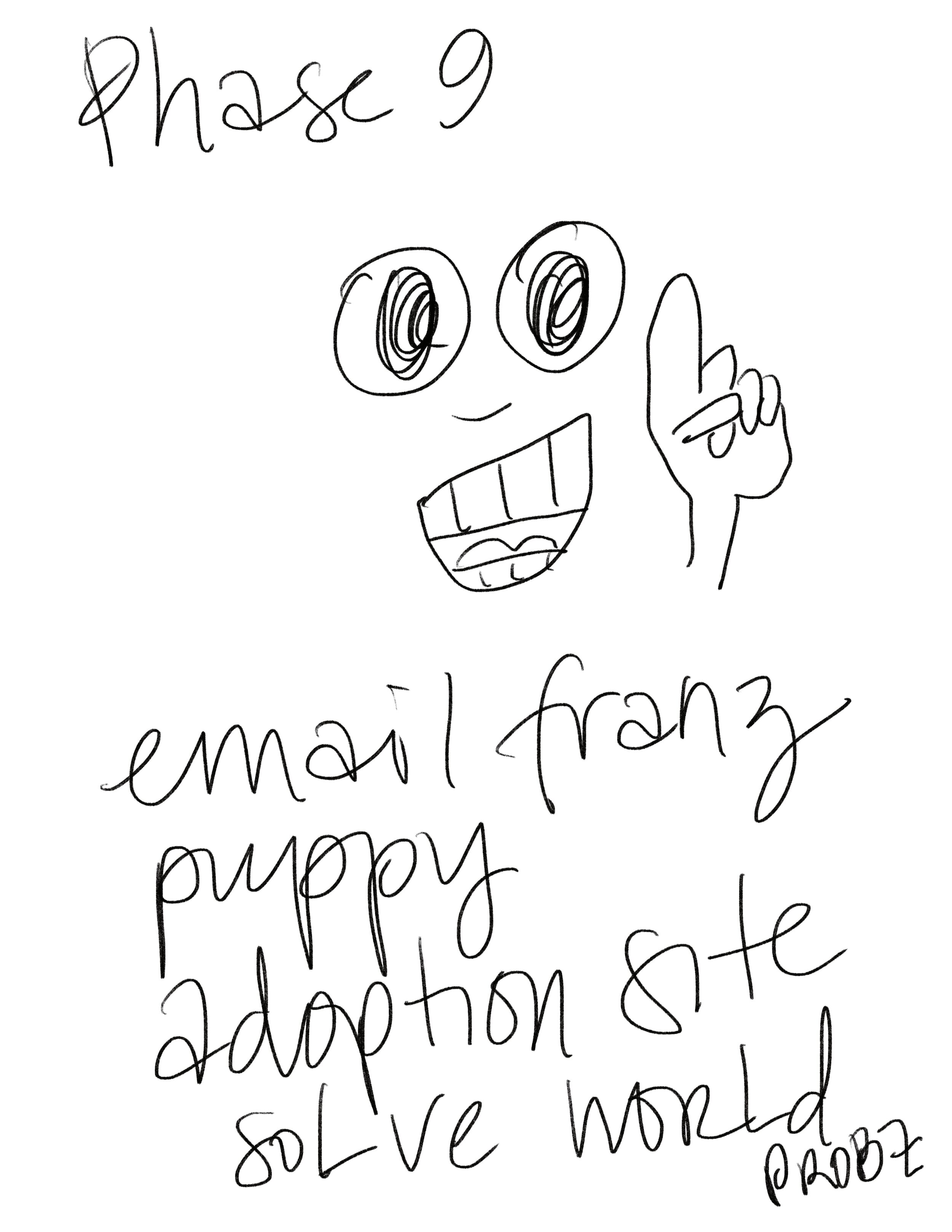
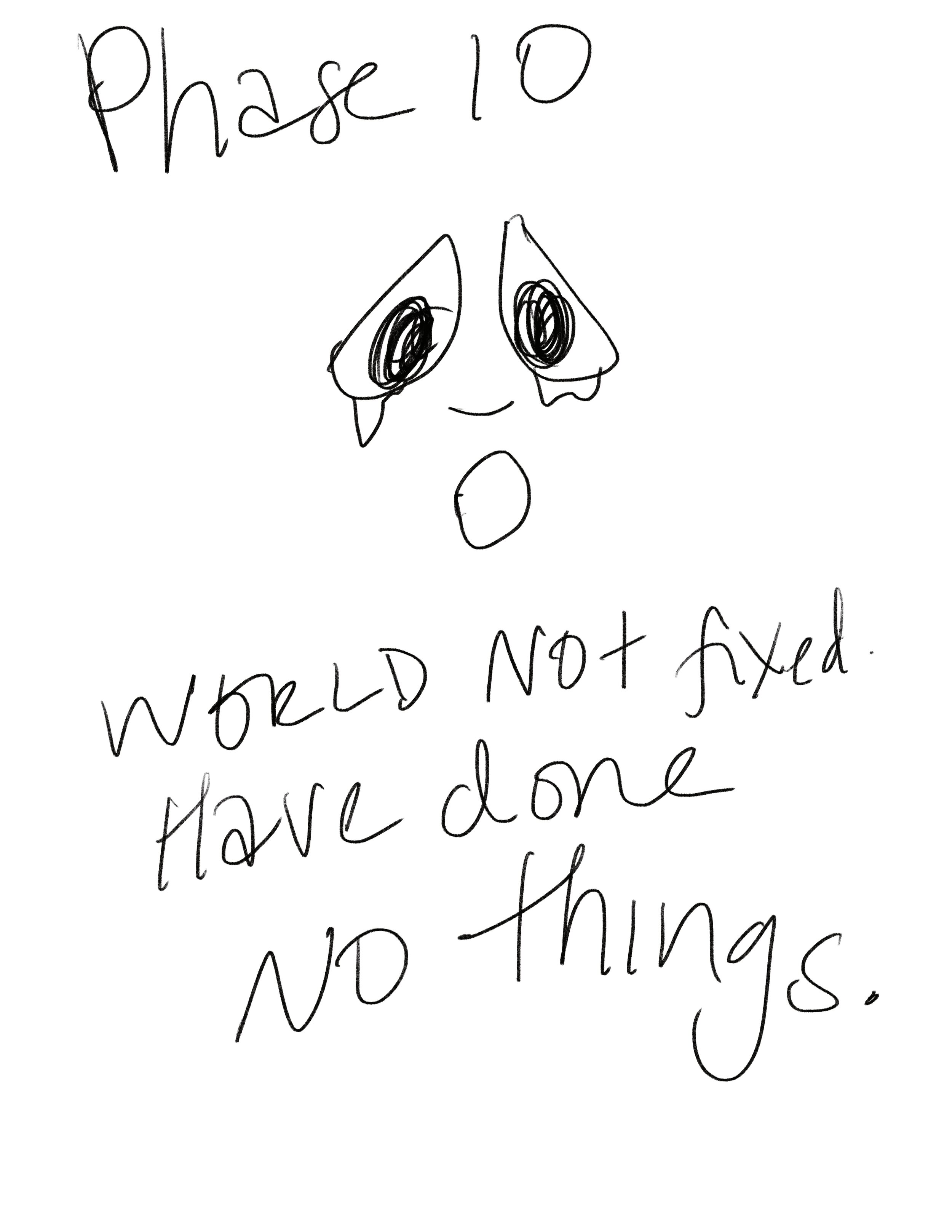
I mean, the reason the above doodle even exists is because I decided I wanted to write this little article about why Thing Doing is hard and what the hell we can do about that.
I found alllll sorts of things to avoid this Thing Doing.
Including everything the doodle depicts, then the drawing of the doodle, then the posting of the doodle on the social in an attempt to get externally validated for doing SOMEthing but not THE thing.
And then I sat down at my computer, stared at a BLANK PAGE OF HORROR and whined about not having written a god damn thing.
It’s like what SO MANY writers have, you know, written. (Pffft. SHOW OFFS.) “I love having written, I hate writing.”
Because, as Princess Bride scribe William Goldman tells us “The easiest thing to do on earth is not write.”
BUT! This isn’t just about writing. Or for writers.
This is for ANYONE who has ever said they’ve wanted to do or create something important to them—and then found every excuse and distraction on the planet to avoid said thing.
What we resist persists.
This avoidance of doing what you’ve told yourself you’d do—something you supposedly REALLY wanna do—and instead fill the time with busy-making is all a classic form of Resistance, according to Steven Pressfield, author of War of Art: Break Through Your Blocks and Win Your Creative Battles.
Pressfield writes that Resistance comes around when we’re pursuing, “any act that rejects immediate gratification in favor of long-term growth, health or integrity.” And:
“The more important a call or action is to our soul’s evolution, the more Resistance we will feel toward pursuing it.”
Welcome to being a human.
With a very human brain.
And brain no likey change.
A lot of smartypants neurosciencey types tell us our brains have two primary states, Toward and Away:
TOWARD
open to new experiences, optimistic, curious, creative, receptive and gloriously in flow
AWAY
closed off, suspicious, cynical, judgey, protective, and resistant to anything that’s unfamiliar
Away is wayyyyy stronger than Toward. It’s like Brain’s default flip-switch for keeping you safe, which you know, was handy when you had to flee a giant hangry saber cat. You’re more suspicious of things that look like giant hangry saber cats, because they are scary AF and maybe ate your brother. So you survive.
And if you weren’t suspicious of giant hangry saber cat—if you witnessed brotherly death and still thought giant hangry saber cat should be your bestie snuggle bud, you’d probably die (a v slow drawn-out bloodybathy death, kitty-plays-with-gasping-for-life mouse style). That’s evolution, in a nutshell. You’re welcome.
A lot of us aren’t even aware when we’re in that Away state. Which is most of the time, if we’re griping in our cars because why am I not the center of the universe with clear roads to the dentist or muttering “dipshit” under our breath on lame Zoom calls. We run on autopilot like this so much, we just think it’s normal. We don’t want to eat green eggs and ham and STOP ASKING SAM.
This lack of awareness means we don’t pay attention to that closed-off feeling in our bodies when our brains are doing the Away doomdance, so we rarely learn to redirect our attention on feeling more Toward. We slipside into our hardwired negativity bias that we don’t even realize is there but why does everything suck tho.
Even when we DO know our Away-tendency is there, and we think changing to be a little less salty about how we see the world might be good?
Well. There Brain goes. Wagging its “NO LIKEY CHANGE” finger.
The very idea of change tends to put our brain into that Threat state. We get all anxious and have a hard time focusing on what really matters to us and thennnn:
“Complex thinking skills, like decision-making or planning, temporarily go offline.”
—Molly Colvin, developmental neuropsychologist
You read that right. The threat of change—of Doing something New or Different (or as Pressfield says, “important to our soul’s evolution”)—causes us to not only shut down and dig in our heels defiantly but also basically makes us dumber.
And here’s the kicker.
Even when we KNOW the New Thing is good for us—that NOT doing it could literally KILL US—we resist.
Change or Die, dumdum.
Take critically-ill heart patients, for example.
As writer Alan Deutchman noticed, study after study after study shows doctors telling people with bad tickers “hey, you gotta make these lifestyle changes (stop devouring all those cheetos and beers and move your god damn body, manage your stress, etc etc etc) … or you will LITERALLY DIE.”
And do you know how many people make the change?
ONE out of ten.
That’s right, fellow math wizards:
NINE OUT OF TEN people basically opt for death over Doing New Thing.
(Sometimes our brains are big, stubborn jerks. Sometimes they get taken over by what Tim Urban calls the Procrastination Monkey. It’s like when you say oh hey let’s write an article about why New Thing Doing is hard! And Monkey comes along and shoves your Grand Ideas aside, and is all Nope! It’s time to create sock puppets and recite full episodes of Arrested Development to the cats!)
my cat is v impressed thankyouverymuch
Anyway.
That 9 out of 10 stat stood out so much to Deutschman that he wrote a book about it: Change or Die.
And according to Deutchman’s research, there are three F-words that, well, F with us when faced with that New / Important Thing:
Facts.
Fear.
Force.
So let’s dig the F in, eh?
Fs that F with us #1: Facts.
Fun Fact! FACTS don’t change your mind.
People often try to persuade others to change with fancy Facts. They load a bunch of nonsense numbers and stats into PowerPoint decks that make you want to die / murder and spout them out in debates and even try to use them on cantankerous Uncle Tarl during a political argument.
And—surprise!—no minds are changed with these mere Facts NO MATTER HOW LOUD THEY ARE.
It’s like when science tells you that daily exercise can make you more resilient to threats, more immune to stress (and thus more able to Do The Things)—that a little daily movement can even stave off cancer—and STILL, if daily body movement isn’t a habit, your brain is like yeah but let’s Netflix and chill and deliberate for eonnns over which show to watch mkay?
Conversation with Brain:
Wanna go for a walk today?
Maybe tomorrow tugbutt. No, the other tomorrow. The one after that. Now gimme dem salty sweets.
FEED ME SEYMOUR!
Fs that F with us #2: Fear
FEAR can change your mind! Temporarily! Or long-term turn you into a walking paranoia disaster! Cheers!
So. When Facts fail, people think well, I’ll tap some human emotion. Because emotions trigger us to do stuff, and FEAR is probs one of the most powerful emotions of all.
And hey, Fear does get us to take action. Like—potentially?—convincing you to wash your damn hands after touching vile restroom anythings so you don’t die from the plague or whatever.
(Psssst. Not to scare you but even with a literal plague going around, some people still don’t wash their hands. In a recent survey, 12% of 2,000 peeps admitted they don’t scrub their grimy meat hooks after using a public restroom. Who ARE THESE PEOPLE? And how many non-washy people are lying? Who knows. Point being. The fear of plague death isn’t enough to get everyone to make big behavior change. Also, choose your friends wisely.)
Where fear-for-change reigns is in getting you to focus on something IMMEDIATE.
It’s what tells your brain and body to perk up and pay attention to something imminently threatening (like those dirty pawed peeps mentioned above who no one wants to arm wrestle with, ew):
“The brain becomes hyperalert, pupils dilate, the bronchi dilate and breathing accelerates. Heart rate and blood pressure rise. Blood flow and stream of glucose to the skeletal muscles increase. Organs not vital in survival such as the gastrointestinal system slow down.”
—Arash Javanbakht and Linda Saab, “What Happens in the Brain When We feel Fear",” Smithsonian Magazine
Oh right, notice that? When you’re afraid, your body stops trying to digest stuff you ate. You get to feel like you’re on speed with none of the weight loss benefits! Do this long and often enough, and your Brain/Body learns its new operating system. Chronic hypertension … aka what leads to you becoming a critically-ill heart patient. Who won’t change at the prospect of death.
Ah yes, it all comes around full circle.
Oh hey! Fear is also effective at making us turn into dipshits online.
The interbot trolls know this. Which is why there’s such a huge sewer pile of dumb memes and misleading headlines from questionable sites.
A lot of right-leaning folk I hear from blame the “radical left” media for spewing bias or even a bunch of “fake news.” But most of the fake crap is from extreme-right sources. Who’s manipulating who? A: Everyone who tries to scare you.
Fear-mongering on social media is why YouTube will recommend increasingly trigger-baity content. A teenage girl might look up dating advice, for example, and the “do no evil” engine will then suggest she watch a video on anorexia. A mother might join a Facebook group about breastfeeding, and Facebook recommends they join an antivaxxer group and before you know it the earth and time are all a flat circle and you’re THAT person who tells everyone who disagrees with you to “go do the research!”
As anyone who’s recently seen The Social Dilemma knows, these algorithms are set up to captivate your attention by showing you the scariest, most batshit stuff out there.
And hoooboy, these fear-baiting stories change you all right. Into a zombie voodoo doll who’s endless feed-scrolling morphs into an increasingly paranoid panic that the world is going to hell, everyoneisouttogetyou and you’re the only one on earth who’s swallowed the red pill.
“If you started with, you know, a World War Two video, YouTube would recommend a bunch of Holocaust denial videos,”
—Tristan Harris (you know, that Social Dilemma guy?) recently explained to Joe Rogan
Fear does work. At a price.
Fear is a great motivator or manipulator for action. And remember those Toward/Away brain states? And how Away is MUUUUCH stronger than toward?
let’s play!
I WILL EAT U!
Yeah. Making you upset is more likely to keep you pissed off and closed off loooong after the Fear factor is in play. And more likely to literally make you sick.
The worst part of relying on fear-based motivation is the creation of all these nasty long-term side-effects.
“All emotions have some type of function value. So fear does have a value. … the problem with fear is that it can also cause people to become rigid, less creative, unhappy, and it tends to be better in [small] doses.”
— the people at Wharton
Fs that F with us #3: Force
Ah yes, our third F from the Facts, Fear and Force list aka things that don’t help you Do the Thing you really wanna do.
Change-or-Die Deutchman describes Force as “falling back on the moral authority of your position … when we’ve failed to persuade people either through cool reason or through intense emotion.” Sorta like saying:
… Because I’m your mother and I said so
… Because I’m older and I know better
… Because I’m your boss AND I WILL FIRE U
… Because I’m all-seeing-all-knowing Flying Spaghetti monster
… Because I’m the POTUS?
Again, this moral-authority-force stuff might work for a second. But it’ll probably backfire. Little Sally might not grab the cookie from the jar … WHEN MOTHER IS WATCHING. She’ll instead learn to get really sneaky and probs develop weird lying/cookie shame complexes later in life and routinely store gummy bears in her pocket.
And here’s the thing. The motivation for change in the case of Force is external. It’s someone else trying to convince, pressure or bully you into Thing Doing (or not doing). You get rewarded by their acceptance, or praise or their not-bullying. It’s the same reason you might get excited by the prospect of Thing Doing for the money, but if that was your sole reason to Do Said Thing, your motivation wanes over time.
There’s this Yaley study looking at the motivation in 11,320 West Point military cadets over a period of 14 years. Researchers noticed that Cadets who entered West Point because they wanted to (that’s “intrinsically motivated,” to the scienceheads) were more likely to graduate, become officers, get promoted and stay in the military compared to Cadets who were persuaded or cajoled into joining.
Unless your motivation comes from a CAN’T NOT DO inside place instead of MUST DO OR DIE outside place, you’re basically screwed.
You’ll be stuck chasing carrots, running from fear, trying to convince yourself with boring facts, or taking action just because someone else told you to do it. And that never lasts. Or makes you happy. Or helps you find the awareness, attention or energy to keep Doing that Thing that’s closer to what War of Art Pressfield calls your “soul’s evolution.”
Right so. Facts, Fear and Force. The 3 Fs that no workee so well when it comes to convincing humans to change … for good.
So what the hell does work?
Yeah. I’m working on that. And you’ll just have to come back when part 2 is ready for your beautiful brain orbs. (MAYBE FIND THIS IN MY BOOK.)
Until then, all I can say is if you find a Thing that you LOVE. A Thing that you’ve been really wanting to do, that you feel you can’t not do, that you’d regret if you never did, fucking GO FOR IT.
Find your way into it, a baby step, a sentence, a push up.
Complain if you gotta, distract yourself with doodles if it helps.
You just might find that where attention goes, energy flows. That when you get into it, you can’t help but stick with it … even if you only finish Part One.
Likey what you see?
Share your precious email and you shall receive the occasional glorious update. (And sometimes just like, a random GIF.)










